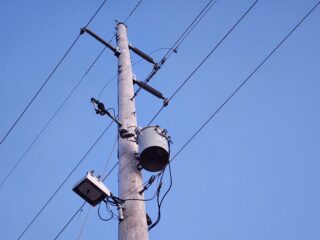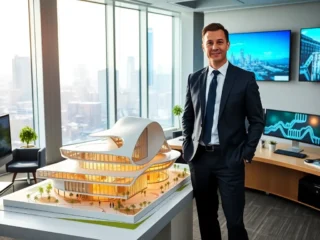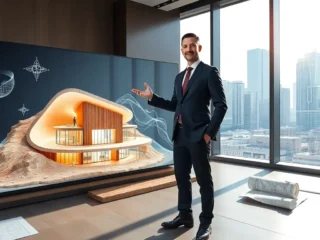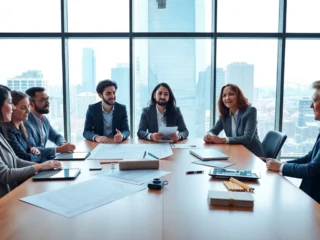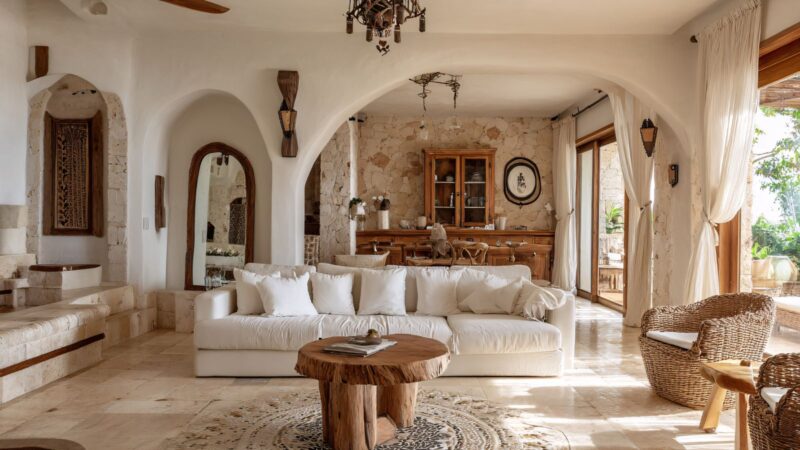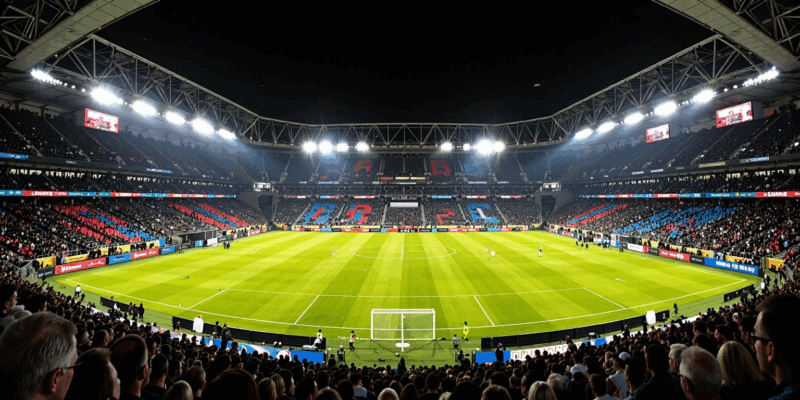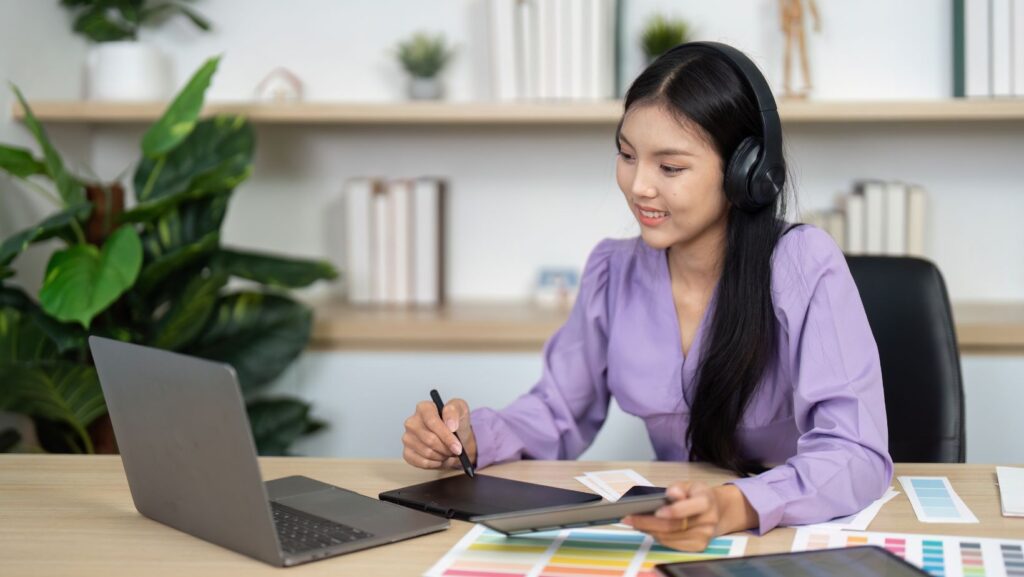
A design professional can turn your vision into a reality. But a successful collaboration involves preparation. If you know what you should have ready before reaching out, you can simplify the process and ensure everyone involved is on the same page to help get results faster. This guide covers some of the most critical aspects before contacting a designer.
Define the Project Goals
A clear set of objectives will help set the tone and communicate the vision of what you want. Think about the project’s goal. Clear goals define the design process and give the designer an understanding of the ideal outcome.
Set a Realistic Budget
Budgeting appropriately is vital. It defines the parameters, magnitude, and quality of the work. Research standard costs for similar projects and contact Katherine Muller Design to create an honest budget plan. A well-defined budget gives a designer the latitude to offer solutions within the budget parameters while still achieving project goals. Innovation may also come from being flexible during budget discussions.
Gather Inspiration and Examples
Taking inspiration from designs you resonate with, such as pictures, color palettes, and styles, helps the designer understand your specific tastes about what works and what does not. Visualizing also enables you to articulate ideas better. It also gives the designer a better idea of how the finish should look so that the final result aligns with what you envisioned.
Understanding Your Needs
For a designer to create a fulfilling outcome, they should know what you like and don’t like. Provide the designer with all the information they need. This knowledge helps the design approach so you remain satisfied with the end product.
Outline the Project Timeline
Both sides need a transparent timeline. Identify any deadlines or essential milestones you want to achieve. Providing this information to the designer allows them to plan and schedule accordingly. It facilitates expectation management, which guarantees that the project is on the right course with no delay caused by unnecessary surprises.

Prepare Essential Materials and Content
Having all the necessary materials and content prepared in advance is helpful. These resources initially allow a designer to work faster and better. They also minimize the chances of miscommunication, which ensures that every piece of that puzzle aligns with your original vision.
Clarify Communication Preferences
Communication is the key to every collaborative project. Determine how you would like updates delivered and how often. An effective communication strategy, whether via email, telephonic, or in-person meetings, assures that both sides are on the same page. Open dialogue creates a good working relationship by communicating and resolving issues promptly.
Consider Potential Challenges
Foreseeing challenges helps avoid setbacks. Consider any logistical issues, tech limitations, or special conditions that wouldn’t work for the project. Early discussion with the designer gives a chance to develop proactive solutions. It shows that you’ve considered it carefully, which adds to the partnership.
Review the Designer’s Style & Portfolio
Previous work by the designer is always a nice, referential read. Examine their portfolio to get a sense of their specialization and ability. Knowing this aids in figuring out if they are a right fit for the project. With their strengths and previous track record of delivering the outcome you are looking for, you can be more confident that they can provide what you are looking for.
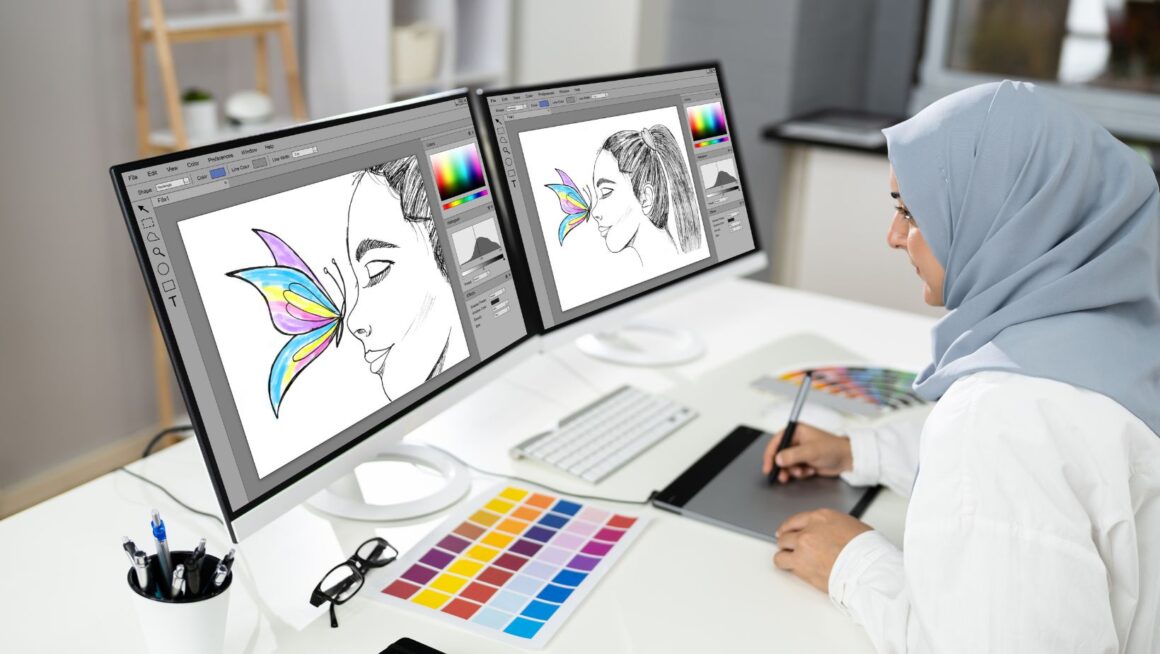
Conclusion
Preparation is the bedrock of a successful partnership with a design professional. Laying the groundwork to ensure productive collaboration involves defining goals, smart budgeting, collecting inspiration, understanding your needs, outlining timelines, tools, communication, roads and pitfalls, designer research, and setting roles. This organized method creates an atmosphere that fulfills both desires and expectations.

